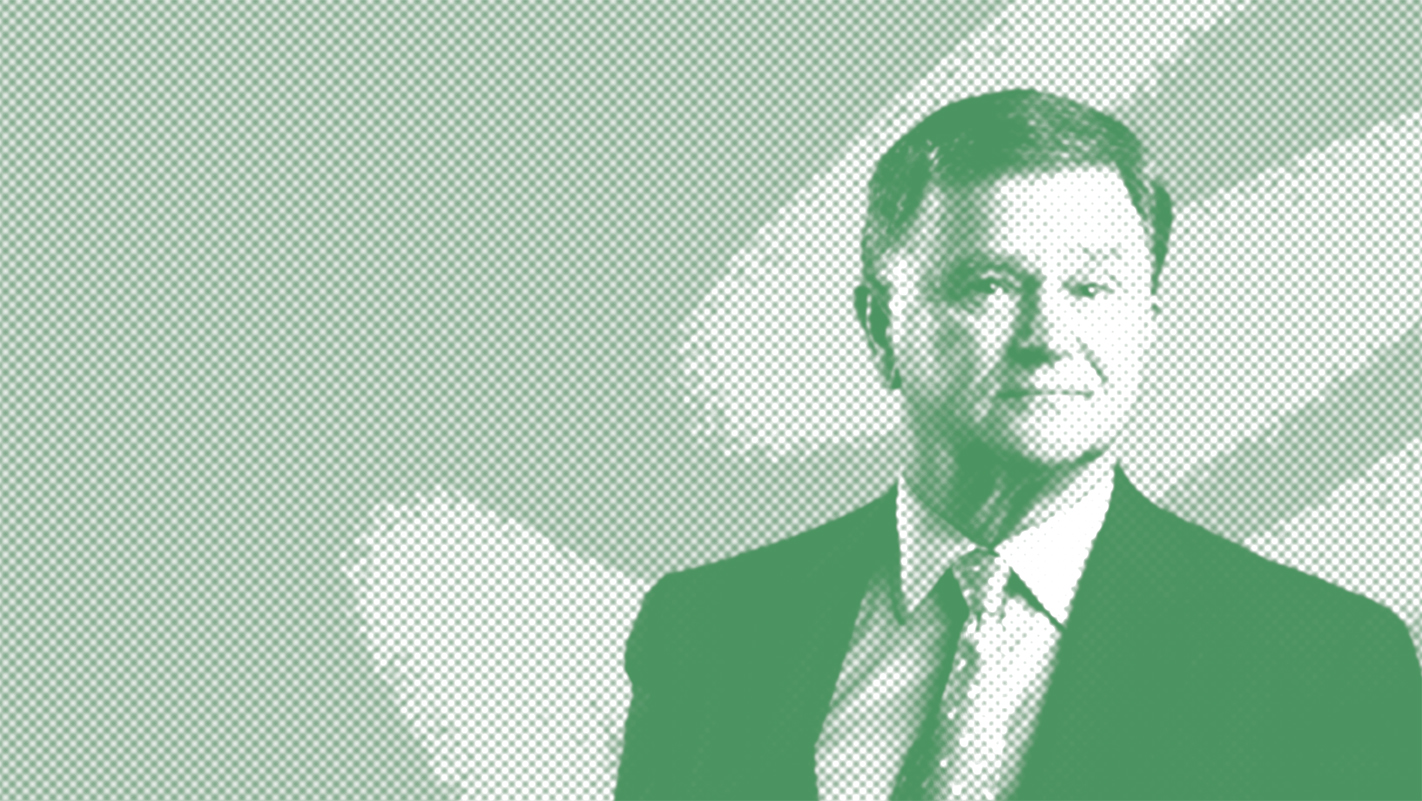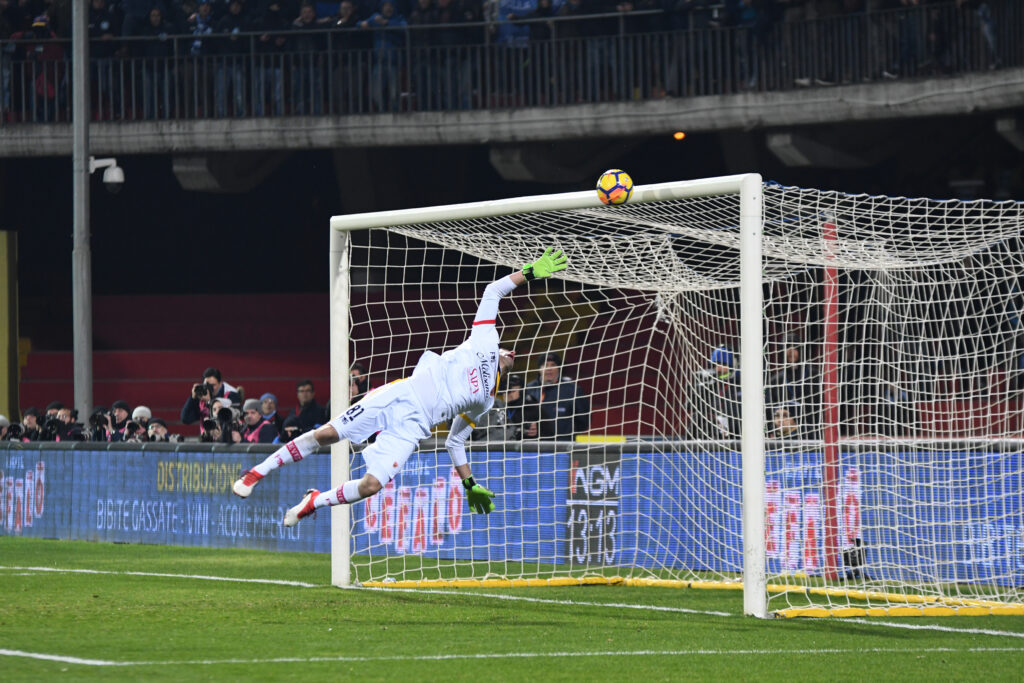The rise in passive investing is undoubtedly among the most important developments in asset management. The mass adoption of cheap, easily accessible portfolio building blocks that mimic the performance of market capitalization-weighted indices is nothing short of a paradigm shift. Indexed assets now account for over 50% of US domestic equity funds, 40% of global funds, and, despite a later start, already constitute 30% of fixed income fund assets.1 The shift is ongoing and it’s far from clear where the upper bound, if any, might lie.
Much of the debate surrounding indexing centers on the relative merits of taking an active versus passive investment approach. But the question of how indexing might be reshaping market structure is largely unexplored. The standing assumption is that, since passive investment flows mirror the prevailing distribution of capital, index trades are bereft of information and therefore have no effect on the pricing of the underlying securities; hence the overall scale of indexing is irrelevant. But this assumption becomes more tenuous as the share of passively managed assets grows. What if passive increased to, say, 100% of all equity assets? Would those investments still have no effect on prices?
It’s unclear how the widespread use of indexing may be affecting market structure; that is, at what point the sheer quantity of assets mimicking market behavior could start to change the behavior. Maybe it already has.
The Beauty Contest
To its advocates, the virtues of indexing are beyond reproach. With low fees and high transparency, index funds offer a cheap and straightforward way for an investor to earn average returns. This perspective is buttressed by mounds of academic research that have characterized passive investing as a stable equilibrium, meaning that even were everyone to index their investments, it would make no difference to either prices or the cost of capital.
Underlying this claim is an assumption that markets are populated by rational beings, whose collective behavior delivers market prices that always perfectly reflect all available information. But markets don’t work that way, and grubby reality is a world away from this frictionless ideal.
“We have reached the third degree where we devote our intelligences to anticipating what average opinion expects the average opinion to be.”
—John Maynard Keynes
The early 20th-century British economist John Maynard Keynes understood this only too well, famously comparing investors to participants in newspaper beauty contests. A popular feature in the London press of his time, these contests asked readers to choose the six prettiest faces out of a collection of a hundred photographs. The winner was the entry that came closest to the average selection. Although nominally about personal aesthetics, winning the contest meant successfully anticipating the anticipations of others. “It is not a case of choosing those which…are really the prettiest, nor even those which average opinion genuinely thinks the prettiest,” Keynes wrote. “We have reached the third degree where we devote our intelligences to anticipating what average opinion expects the average opinion to be.”
Investors tasked with choosing which stocks to own face the same quandary as players in the beauty contest. Should they expend time and energy to understand companies’ long-term business prospects and to project cashflows decades out? Or, given limited resources, is it wiser to try and figure out which stocks are likely to be popular six months hence? Writing seven years after the great crash of ’29 and attempting to make sense of the devastation left in its wake, it was clear to Keynes that only the former had any merit, but that most investors favored the latter, trying to “beat the gun, […] to outwit the crowd, and to pass the bad, or depreciating, half-crown to the other fellow.” A slight shift in mood is enough to set off cascading price changes as investors react en masse. The inherent instability spawned by this recursive guessing game is why prices are far more volatile than what is known of underlying fundamentals, and why life for investors struggling to get a purchase on cash flows and discount rates, in Keynes’s view, can be so forbidding.
But what happens when most investors opt out of selecting individual stocks? When beauty contestant judges pick the same pretty faces week after week?
The question is relevant because the answer would go some ways toward explaining today’s higher-than-average valuations. An end to the beauty contest would equate to a permanent decline in undiversifiable risk, which all else being equal, would justify paying a higher multiple for uncertain future cash flows. It might even make life a little less unpleasant for those relying on their projections of long-term fundamentals. After all, with fewer active traders whacking prices around, shouldn’t the signal be a little easier to unscramble from the noise?
The evidence on the ground, however, suggests a more complicated picture. The beauty contest hasn’t ended so much as shifted its locus of speculation from individual securities to trading vehicles that clump together groups of securities based on mechanical trading rules.
One indication that this is happening is the puzzling reversal in the positive serial dependence of short-term index returns. Serial dependence, or autocorrelation, refers to the degree of correlation between two observations of the same variable at different points in time. A random variable, the flip of a coin say, has an autocorrelation of zero, each flip independent of the one before. Historically, short-term index returns have had a small (but consistent) positive serial dependence, meaning that, on average, a positive return one day will be followed by a return in the same direction the next day and vice versa. One possible explanation for this phenomenon held that stocks reacted with a lag to non-fundamental shocks.2
But in 2000, this relationship turned negative, and it has remained so ever since. The chart below shows correlation between daily returns for the S&P 500 averaged over a ten-year window going back to 1949. Positive serial dependence increased steadily throughout the 1960s and ’70s, peaked shortly before the introduction of index futures in the ’80s, then declined steadily for two decades before falling consistently below zero at the start of this century.
Source: Bloomberg, Harding Loevner
According to a new study3 by researchers at Erasmus University and the University of Notre Dame, the explanation for this reversal can be laid squarely at the feet of indexing and the seismograph-like movements of mechanical trading rules amplifying the daily response to new information. The research considered 20 equity indices across 15 countries and found an identical change in the behavior of short-term returns. Moreover, they found a direct causal relationship between these patterns and the combined increase in index products including futures, ETFs, and mutual funds. According to the authors, “introducing indexing products seems to change the behavior of the underlying stock market across indexes and over time,” and more critically a higher level of indexing leads to “a more negative serial dependence.” It is unclear what the full consequences of the new pattern will be, but we may be seeing it on display at the far right of the graph above, in the sharply negative one-day autocorrelation in March 2020 at the onset of the pandemic. In plain language, it used to be that uncertainty about the future flowed from individual stock prices into indices; now, the tide has been reversed and uncertainty propagates from indices to individual stocks.
Vol of Vol
Another unsettling sign of change is the rise in the level of implied volatility of volatility (vol of vol), a measure of the market’s capacity for registering unexpected shocks. Roughly speaking, implied volatility—the volatility that is backed out from the price of options—reflects the market’s expectation for the range of potential outcomes for an asset over a specific period. When implied volatility is high, markets expect larger price moves (in either direction), or when it’s low, smaller moves. The most well-known measure of these signals is the VIX, which is calculated from the price of short-dated index options on the S&P 500 and is frequently referred to as the “investor fear gauge.”
Despite its notoriety, the VIX is a measure of disorder and quite distinct from a measure of potential disorder. For that we need to consider volatility of volatility, the true measure of market entropy. To measure that entropy, we use VVIX. Just as the VIX is calculated from the price of options on the S&P 500, the VVIX is based on the price of options on the VIX. Future returns are unknown, but the VIX tells us something about the range of returns we should expect. The VVIX, on the other hand, indicates how uncertain we are about the variability of that range.
Intuitively there are strong reasons to believe that while this vol of vol itself should vary day-to-day as the market digests unexpected shocks, like the VIX it should be stable around some long-term average. But, as can be seen in the chart below, since 2006, a period coinciding with the boom in passive investing, volatility of volatility has shown a consistent upward trend—a sign that the range of potential disorder is expanding.
Source: Bloomberg, Harding Loevner
Doubtless there is more than one culprit behind the increase in vol of vol. Low real interest rates driving down risk premiums probably figure in, as does the growth in systemwide leverage which magnifies fragility by accelerating the interdependence of financial flows. But we would be remiss to ignore the effects of ballooning index flows. Index replication relies on a well-behaved and liquid market for the underlying securities, a presupposition that is paradoxically undermined by the expanding share of index flows. Keynes’s insight was understanding the role of psychology in fueling the tussle between long-term investors and short-term speculators. But things are different at the asset class level. Strategic allocations are typically set in stone, which leaves precious little capital to take the other side of the trade and lean against speculative flows, and a tussle can turn into a rout.
“When you invent the ship, you invent the shipwreck.”
—Paul Virilio
The cultural theorist Paul Virilio asserted that every new technology embeds the potential for new unanticipated accidents. As he put it: “When you invent the ship, you also invent the shipwreck.” Indexing is an invaluable new vessel, which has ushered in a new era for many types of investors. And yet, as indexing has mushroomed over the past two decades, the switch in serial dependence to an amplification as opposed to dampening of short-term shocks and the increased probability of tail-risk events with the rise in vol of vol are ominous signs that we’ve yet to reckon with the consequences of a market swamped by passive flows. Shoals may await just over the horizon.
Endnotes
1James Seyffart, “Passive Likely Overtakes Active by 2026, Earlier If Bear Market,” Bloomberg Intelligence (March 11, 2021).
2H. Hong and J.C. Stein, “A Unified Theory of Underreaction, Momentum Trading, and Overreaction in Asset Markets,” The Journal of Finance vol. 54, pgs. 2143-2184 (1999). https://doi.org/10.1111/0022-1082.00184
3Guido Baltussen, Sjoerd van Bekkum, and Zhi Da, “Indexing and Stock Market Serial Dependence around the World,” Journal of Financial Economics vol. 132, issue 1 (2019). https://doi.org/10.1016/j.jfineco.2018.07.016
What did you think of this piece?








